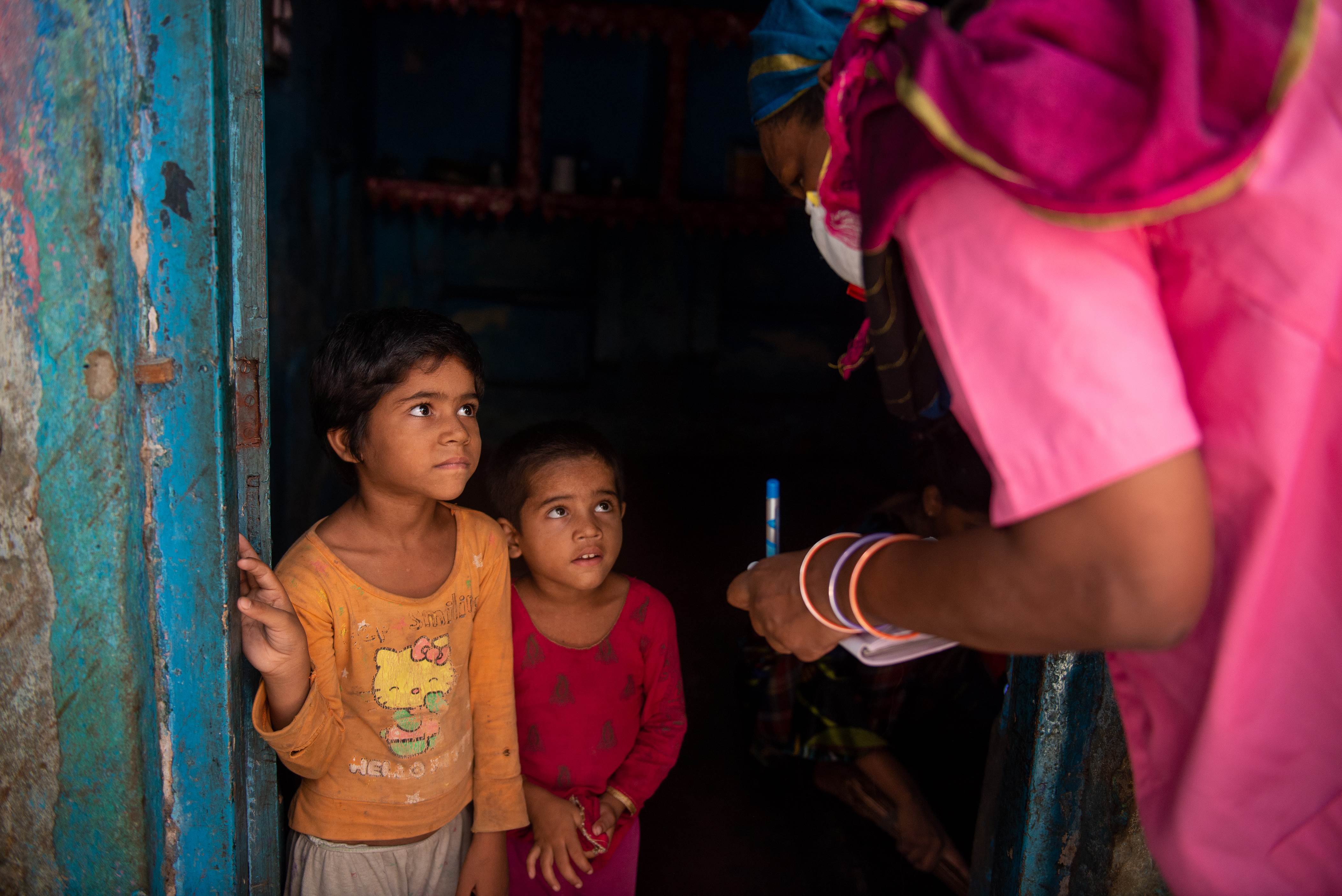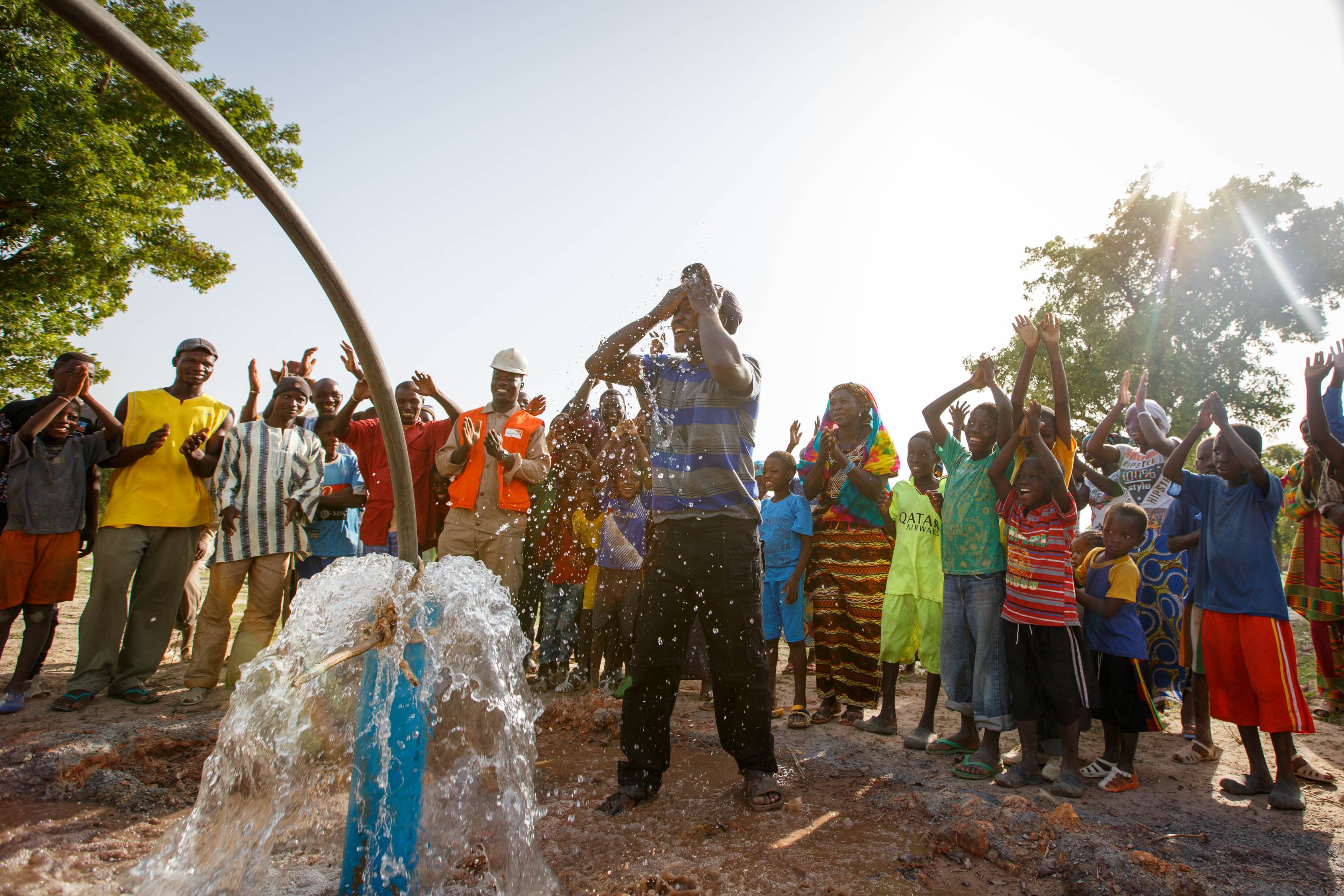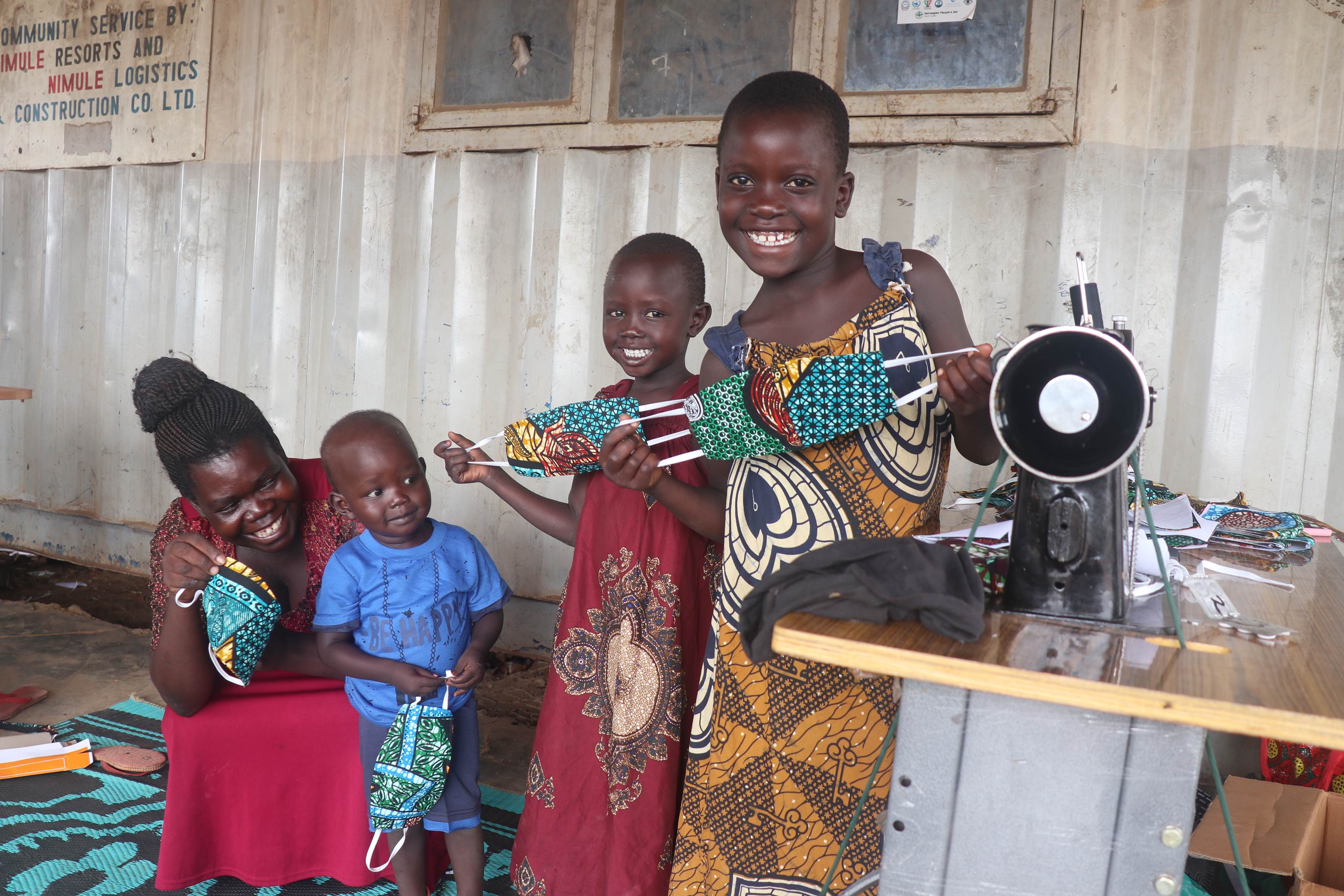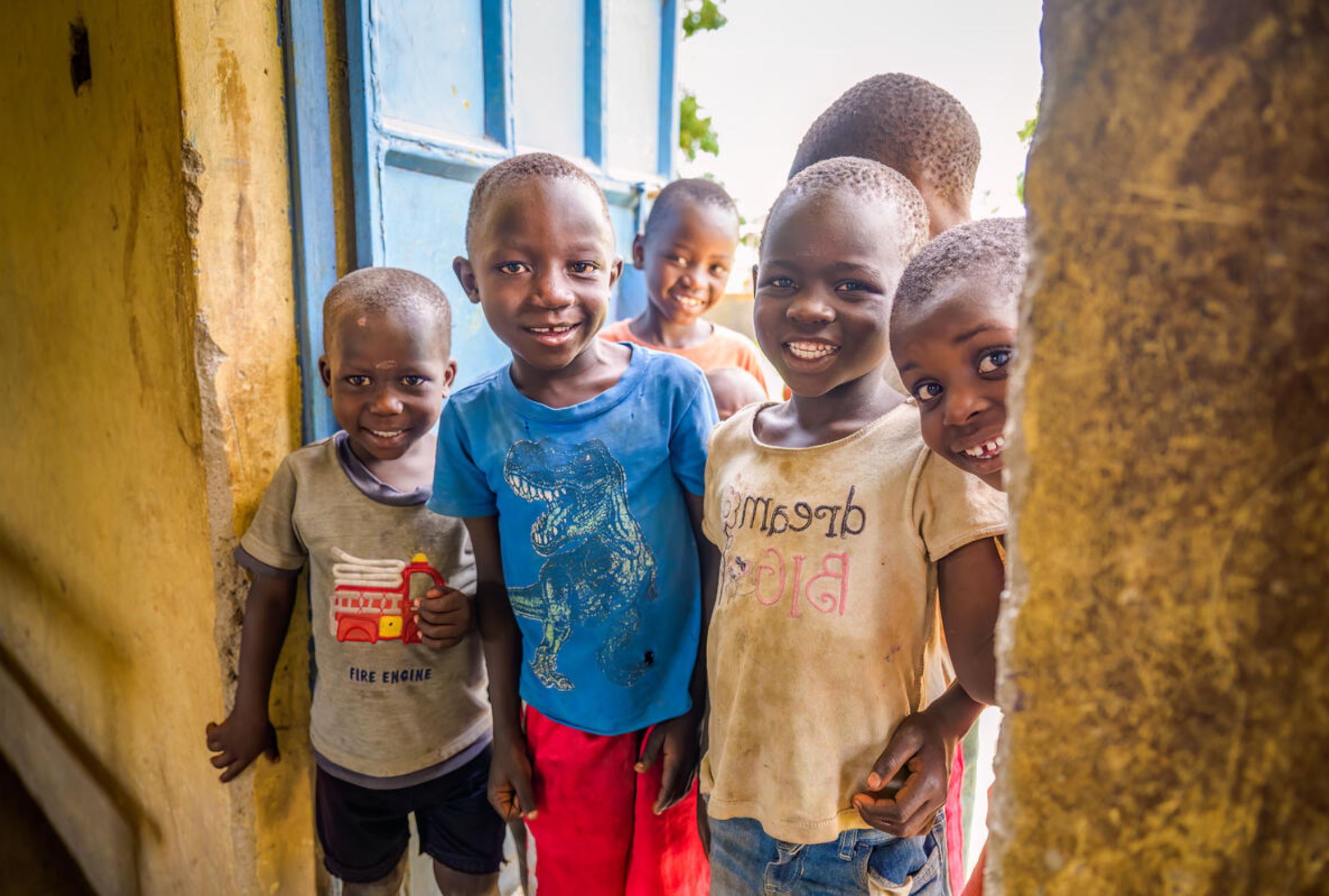
The realities of housing for children in poverty
What might housing look like for children in poverty globally?
What do housing options look like for children in poverty?
Each person’s experience with poverty is different. For many, however, the quality of their home is something that is affected. For children living in poverty, unable to take control of their own lives, the realities of housing can be dire. In this article, we explore some of the issues children in poverty face around the world and what World Vision is doing to help.

Housing-induced poverty
For many people around the world, their homes are one of the greatest expenses in life. Whether renting or buying, the rising cost of housing can take the largest chunk of a person’s income, and that doesn’t include expenses like bills and maintenance which often need to be paid on top.
For those who are on lower incomes, especially those who do not benefit from subsidised housing, the cost of a roof over their head can actually be the reason they are pushed into poverty. Known as housing-induced poverty, this happens when a person or family has to spend a large proportion of their income on accommodation, leaving them with very little money for other things. A study by the Rowntree Foundation found that 3.1 million people experience housing-induced poverty in the UK alone.
This is something that happens especially quickly in higher-income countries, where the disparity between house prices and wages grows ever bigger. In the UK, we’ve seen house prices rise by an average of 10.2% in 2021 alone, far outpacing wage growth. The New Statesman continues to report that “the average house in March 2021 cost more than 65 times the average UK home in January 1970, but average weekly wages were only 35.8 times higher.”
For a child whose family is already living close to poverty, the money their parents pay to keep a roof over their head might mean other basic necessities in life are now out of reach.

Crowded living conditions
A reality for many children around the world who are living in poverty is overcrowding. Referring to the situation where more people are living in a home than it was originally built for, overcrowding is more than just an inconvenience and can have major health and developmental implications.
Overcrowding can be bad for both physical and mental health. Firstly, research has found links between overcrowding and the health of both children and adults. What’s more worrying is the potential lifelong effects overcrowding might have on a child’s health. Research found significant links between children who experienced overcrowding in childhood and health issues in later life, especially respiratory issues.
When it comes to mental health, the close proximity of multiple people, lack of access to private space and increased health risk, as well as the additional stresses from living in poverty, might all affect a child’s mental health when living in an overcrowded situation.
Overcrowding doesn’t have to be limited to a single household and is one of the common characterisations given to slums. Slums are residential areas with overcrowding, substandard housing and unsanitary conditions due to deprivation and are most common in the lowest-income countries in the world. For a child growing up in a slum, the risks are innumerable, and just by living in a slum they are disadvantaged: “The challenges that slum dwellers face arise from inadequate infrastructure, poor housing, hazardous locations, social and economic exclusion, violence and insecurity. They are generally disempowered on account of their location and often suffer from discrimination. Like rural populations, slum dwellers are also caught in ‘spatial poverty traps’ due to their social, economic and political exclusion, which results in an unacceptable waste of human potential.”

Makeshift housing and refugee camps
For many children, overcrowding and instability are the reality due to displacement. At least 82.4 million people have been forced to flee their homes in recent times, with nearly 26.4 million of them being children under the age of 18. Some are internally displaced, trying to find new housing in their own countries, but many are forced to leave their home country altogether to look for a safer life.
READ MORE: What is a refugee and what is a refugee crisis?
Without housing and with nowhere to go, many displaced people have to turn to refugee camps. Looking for safety, security and a future, refugee camps are home to more than 6.6 million people globally. Initially intended as short-term options, a lot of refugee camps experience overcrowding and poor living conditions, with those living there having limited access to clean water and sanitation facilities.
The scariest thought is, that for many children, a refugee camp is all they’ve ever known. Figures estimate that over one million children have now been born in refugee camps around the world. This is one million children who have never had a home, or even a country, to call their own. Those one million children, through no fault of their own, have been born into a limiting and dangerous condition with barely a roof over their head.

How does World Vision help children in poverty with housing problems?
Tackling the root causes of poverty
We create long-term change, tackling the root causes of poverty. We help not only a single child but a whole community. With your support, we are able to work with community leaders to create goals aimed toward transformation and give families the tools and information they need to become healthy and self-sufficient. This includes making sure they have the income needed to afford safe and secure housing.
Responding to global emergencies
Although a children’s charity based in the UK, we work hard to respond to emergencies around the world which cause internal displacement. Our first mission in these circumstances is survival, ensuring that children, particularly those who have been separated from their family members due to death, are given food, hygiene facilities, protection and of course, shelter.
Here’s just one small story of how we help those forced to flee their homes.
“I used to live in a village not far from Burkina Faso—Mali’s neighbouring country,” says 25-year-old Habiba. “One early morning a group of armed men attacked my village and took everything they could. I was alone with the children. My husband was visiting some friends in a close-by village.”
After the attack, she was forced to take her three children and flee the village, without knowing her husband’s whereabouts, and seek refuge and a job in Koro town.
With slim chances of returning to her village and without hope of ever seeing her husband again, Habiba began collecting gravel and selling it to house constructors and earned money by washing clothes. But the pay didn’t bring in enough for the children’s needs. “I left my village empty-handed,” she says. “As a result, at my arrival in Koro, I could not feed the children.”
Thankfully, Habiba benefited from the food distribution programme run by World Vision’s emergency response in Koro. The food received – along with water purification products, cooking utensils, beds, and mosquito nets – meant she could feed and support her children for three months. The distribution also had another life-changing effect. After many months of unsuccessful searching, her husband Yacouba was able to find his family –through friends who also received food at the distribution point. He quickly joined them.
Our work as a Christian Charity goes further. We then work on recovery, helping the community rebuild their lives and ensure that children aren’t missing out on the essential education they deserve. We put plans in place to make communities stronger and more resilient in the face of future disasters, giving children a more secure place to grow up and become the person they are destined to be.
By supporting us, you support our work and can help children living in poverty.



